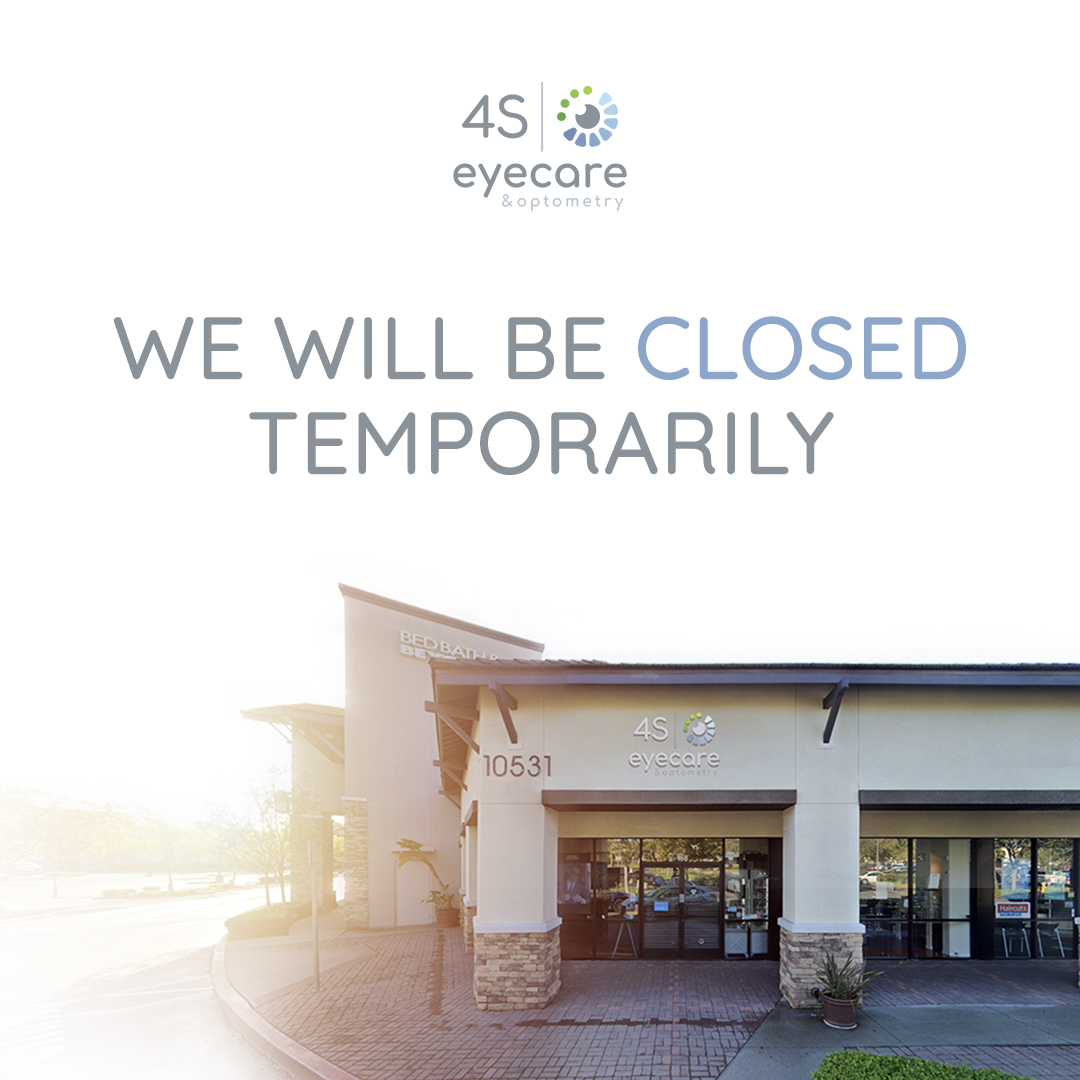
Dry eye syndrome is a common eye condition that affects millions of people worldwide. It occurs when your eyes do not produce enough tears or when the tears evaporate too quickly, leading to irritation, discomfort, and vision problems. Understanding the causes, symptoms, and risks of this condition is the first step towards seeking the right treatment.
Causes and Symptoms of Dry Eye Syndrome
Dry eye syndrome can be caused by a variety of factors, including age, hormonal changes, certain medications, environmental conditions, eyelid inflammation, meibomian gland dysfunction, and underlying health conditions. Symptoms of dry eye syndrome may include:
· Persistent eye dryness, irritation, or burning
· Redness or inflammation in the eyes
· Sensitivity to light or wind
· Blurred vision or eye fatigue
· Feeling like there is something in your eye
· Excessive tearing
Risks of Untreated Dry Eye Syndrome
If left untreated, dry eye syndrome can lead to more serious complications, such as:
• Corneal damage: The lack of adequate tear production can cause the cornea, the clear front part of the eye, to become damaged or scarred, leading to vision problems.
• Eye infections: Dry eyes are more susceptible to bacterial or fungal infections, which can be painful and potentially sight-threatening.
• Vision impairment: Severe dry eye syndrome can cause significant vision problems, making it difficult to perform daily tasks like reading, driving, or using a computer.
Diagnosing Dry Eye Syndrome with an Optometrist
To diagnose dry eye syndrome, your optometrist will perform a comprehensive eye examination, which may include the following tests:
· Tear film evaluation: Your optometrist will assess the quantity and quality of your tear production.
· Dye tests: Special dyes may be used to identify areas of the eye that are not being properly lubricated.
· Slit-lamp examination: This allows your optometrist to examine the structures of your eyes in detail, looking for signs of inflammation or damage.
Based on the results of these tests, your optometrist will be able to determine the underlying cause of your dry eye syndrome and develop a personalized treatment plan. Your optometrist will work with you to develop a treatment plan that addresses your specific needs.
Dry Eye Treatment Options
Artificial tears, anti-inflammatory eye drops, and lubricating ointments can help provide immediate relief for dry eye symptoms by replenishing the tear film and reducing inflammation. Omega-3 fatty acids and other supplements may help reduce inflammation and improve tear production.
In more severe cases, your optometrist may prescribe medications to address the underlying causes of dry eye syndrome. For chronic or persistent dry eye, your optometrist may recommend in-office procedures such as tear duct plugs, intense pulsed light therapy, or the use of specialty contact lenses.
Book Your Dry Eye Evaluation with 4S Eyecare & Optometry Today
Dry eye syndrome is a common and often chronic condition, but with the right treatment plan, you can find relief and prevent further complications. By working closely with your optometrist, you can identify the root cause of your dry eye symptoms and develop a personalized treatment strategy that addresses your specific needs.
If you're struggling with dry eye symptoms, schedule an appointment with 4S Eyecare & Optometry. We will work with you to diagnose the underlying cause of your dry eye syndrome and develop a customized treatment plan to help you find lasting relief. Visit our San Diego, California, or call (858) 675-2020 to book an appointment today.









